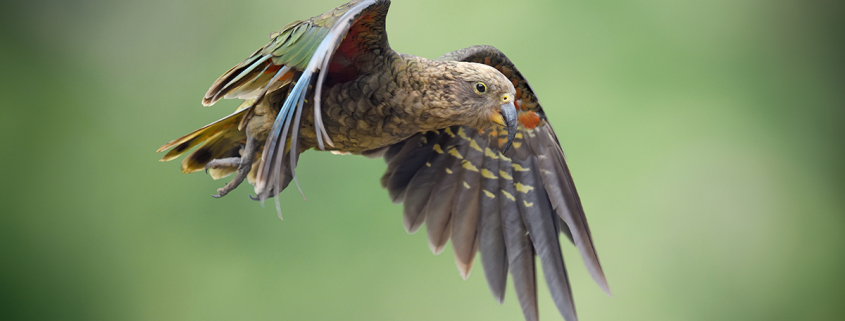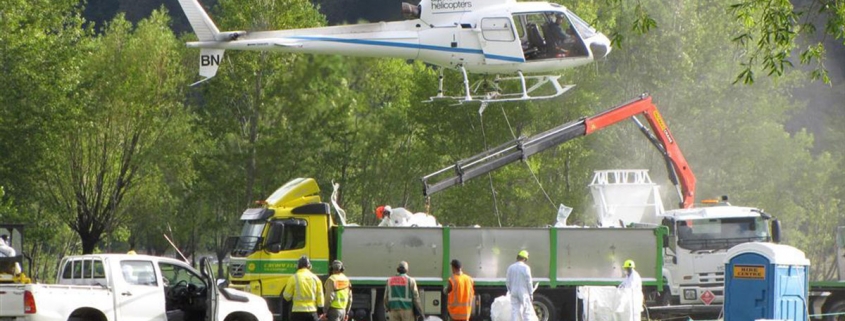DOC Response to OIA Request on 1080 Poison Use and Karoro Deaths
Tragedy: 550 black-backed gulls accidentally poisoned in Ōkārito, West Coast during predator elimination project. DOC acknowledges the incident and commits to improving future risk assessments.










